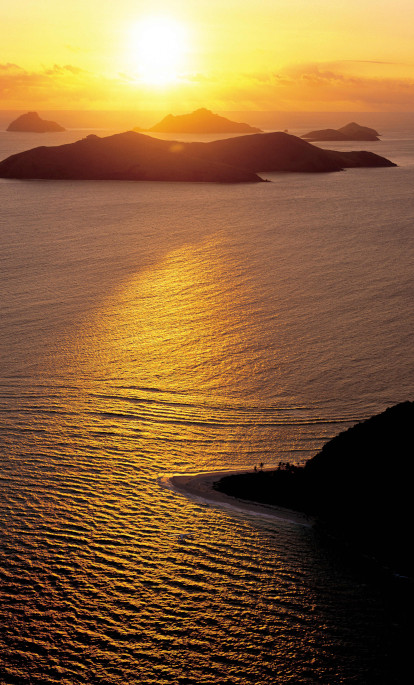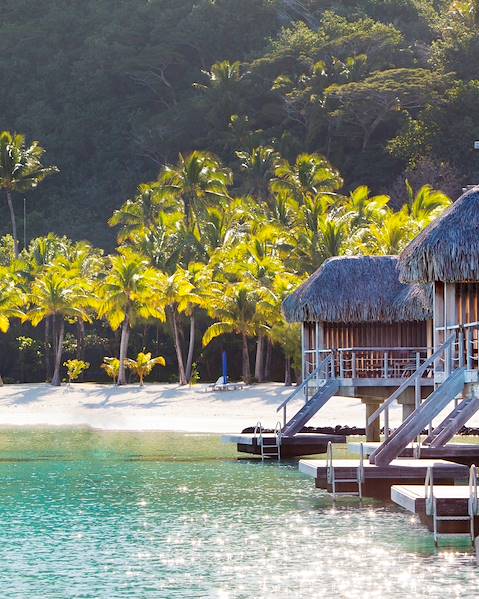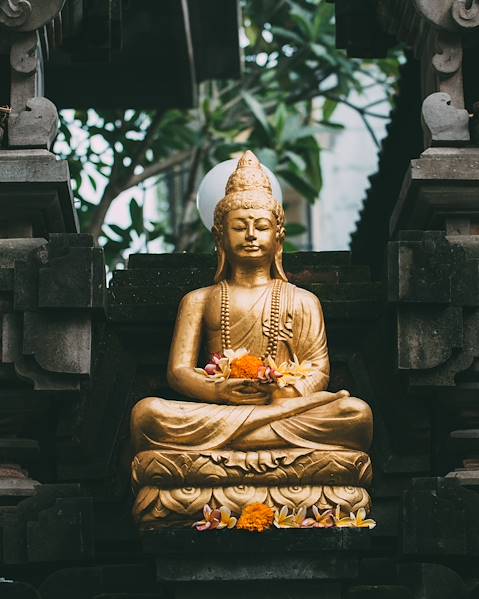The scenically stunning islands of Fiji (333 to be exact) are some of the most beautiful on the planet. Nicknamed the ‘Soft Coral Capital of the World’ by famous explorer Jean-Michel Cousteau, this is a diver’s dream. But there’s a lot to love on dry land too, with lush tropical vegetation blanketing the hillsides, plenty of dramatic volcanic peaks and so many beautiful beaches you’ll lose count. And with a tropical climate to match, you can easily sate an appetite for endless sun and good fun here, but sun chasers will need to know the best time to visit Fiji. Read on for our top tips.
Enjoy The Heat of the High Season
June to SeptemberFiji’s high season is the best time to visit Fiji for those tied to school holidays and in search of a milder, drier and more pleasant climate. This time of year is perfect for exploring, as well as beach lounging, with both June and July offering balmy temperatures, low humidity and ideal kite and windsurfing conditions. The only downside of the high season (as you’d expect) is the crowds. August and September also bring the continuation of winter temperatures, so you’ll need a light sweater for those cooler nights.
Bring on the Heat (and Humidity)
December and JanuaryDecember brings with it the rains but also the high temperatures, with brief but sizzling sunny spells in between rain showers. Moving into January, it’s all about the heat, with temperatures rising above the 30s and high humidity making it seem even hotter. This time of year does also bring with it the possibility of cyclones, which is something to consider before travelling.
Don’t Give This the Cold Shoulder (Season)
May and OctoberThose looking to enjoy a milder climate or experience a ‘Fijian winter’ will be able to enjoy the low rainfall, manageable humidity and lower risk of cyclones that May to October can bring. May sees the dry season begin, with increased water visibility making it the ideal conditions for divers — right up until October. Plus, the consistent southerly winds and swells make for great surfing conditions. October is also a cooler and drier season, although temperatures begin to climb towards the end of the month as the southern hemisphere inches closer to summer.
Low Season and Lower Tourist Hordes
November, February to AprilThe low season is the best time to visit Fiji for savvy travellers looking to secure reduced rates on accommodation and fewer tourists. This is largely thanks to the Fijian wet season (expect heavy rain and high humidity) which starts in November and continues through the summer until April. The mountainous regions of Viti Levu and Vanua Levu create these wet climate zones on their south-eastern sides, while in the north-west you can expect a drier climate. While there are only around ten to 15 cyclones striking Fiji each decade, they usually fall between November and February (with the latter holding a greater risk of encountering one). The slightly heavier than average rainfall continues until mid-April, with the end of the month marking the end of wet season meaning humidity levels begin to drop while temperatures remain around the toasty 30s.
















